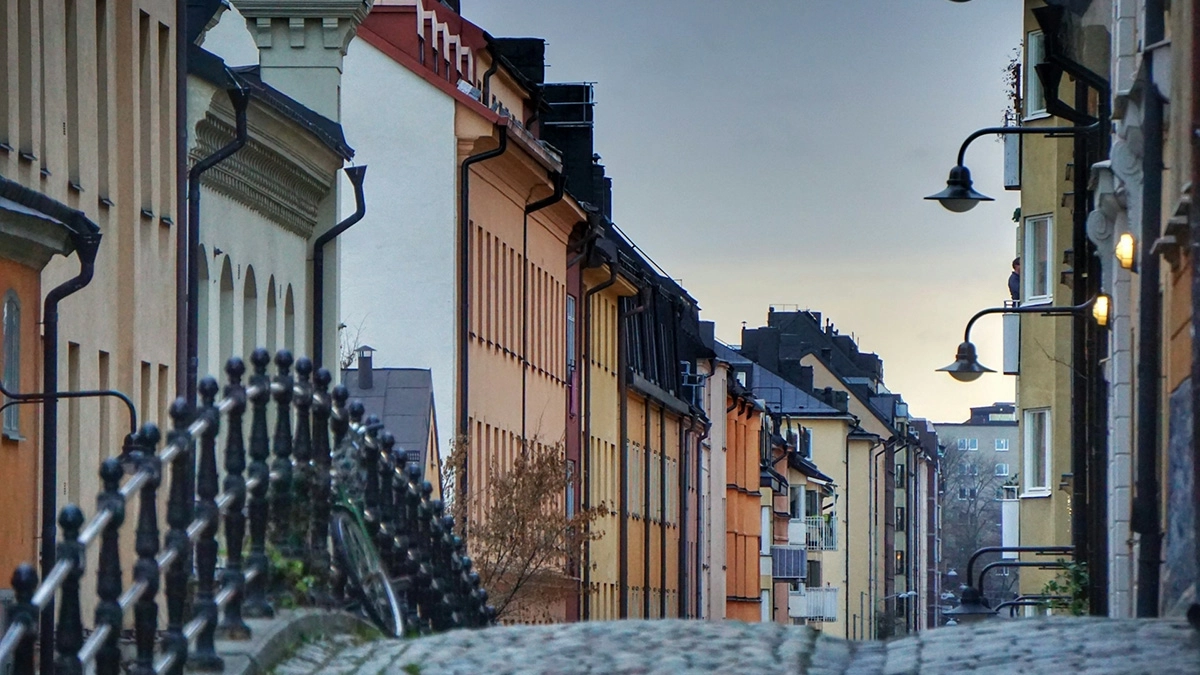
Easter Eggs in Sweden
13.04.2025In Sweden, Easter (Påsk) is both a religious and family celebration that marks the arrival of spring and the awakening of nature after long months ...





Södermalm, often simply called "Söder," is one of Stockholm's most vibrant and eclectic neighborhoods. Located in the southern part of the city, it was once a hub of working-class life, known for its modest living conditions and industrial activities. It quickly became the center of labor struggles and social demands. The neighborhood witnessed the emergence of labor movements and political parties fighting for better working and living conditions. This social agitation left a significant political imprint on the area, making Södermalm a meeting place for activists and social reformers.
From the 1970s and 1980s, particularly influenced by renowned Swedish artists, Södermalm gradually gentrified, attracting a younger, more affluent population, as well as creative entrepreneurs. Former industrial sites were converted into modern lofts, art galleries, and trendy boutiques. The streets of Södermalm are lined with independent shops, artistic cafés, and fashionable restaurants, offering a diverse and lively urban experience. The music and art scene is particularly vibrant, with numerous clubs, galleries, and studios attracting local and international talents. Flea markets and vintage stores add a retro touch to the neighborhood’s commercial offerings.
Finally, to top it all off, Södermalm is often considered one of the highest districts in Stockholm in terms of topography. This natural elevation provides several remarkable panoramic viewpoints of the city and its surroundings. The hills of Södermalm offer clear views of the Baltic Sea, Lake Mälaren, the city center, and the surrounding islands.
In summary, Södermalm is a fascinating example of successful urban transformation, where industrial history meets a creative and innovative future. It is a neighborhood where one can explore traces of the past while embracing Stockholm's contemporary trends.